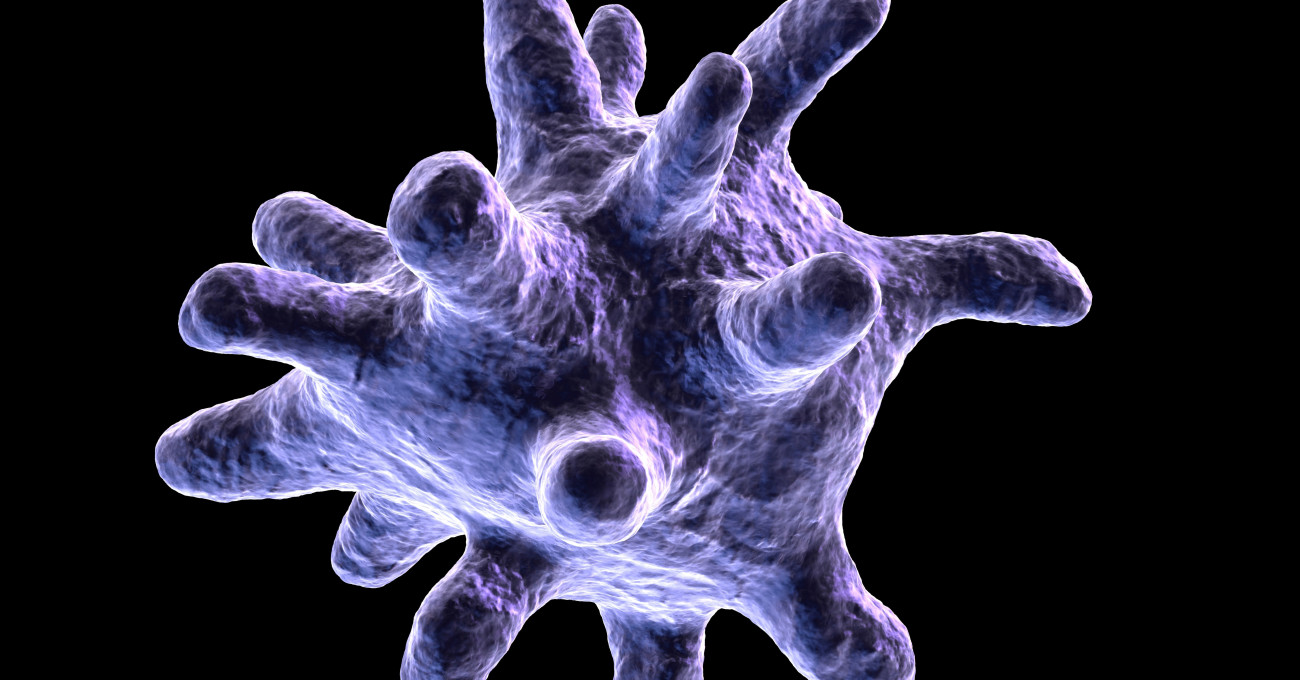Meet your body’s death eaters (Nautilus)
By Patchen Barss
Published in Nautilus Magazine, November 2013
The word “macrophage” means “a big eater” in Greek, and it’s a fitting description. Macrophages are our body’s garbage-devouring cells. They consume the pathogens in our bloodstream, the necrotic cells from our flesh and bones, and the dust in our lungs. Present in every part of our body, they’re a key part of our immune system.
Scientific illustrations of macrophages look like little fried eggs, but such images belie the sophistication and variety of these cells. From their microscopic centers, macrophages extend chemical, physical, and mechanical sensors which can detect cellular changes such as illness and death. Based on what they find, macrophages can secrete hundreds of proteins to trigger the immune system’s defense against pathogens, the growth of new bone cells, and even the termination of a pregnancy.
Scientists don’t have a complete enumerated portrait of all the variations of macrophages that take out our body’s trash, but we selected several types to show their vital role in our health and reproduction.
